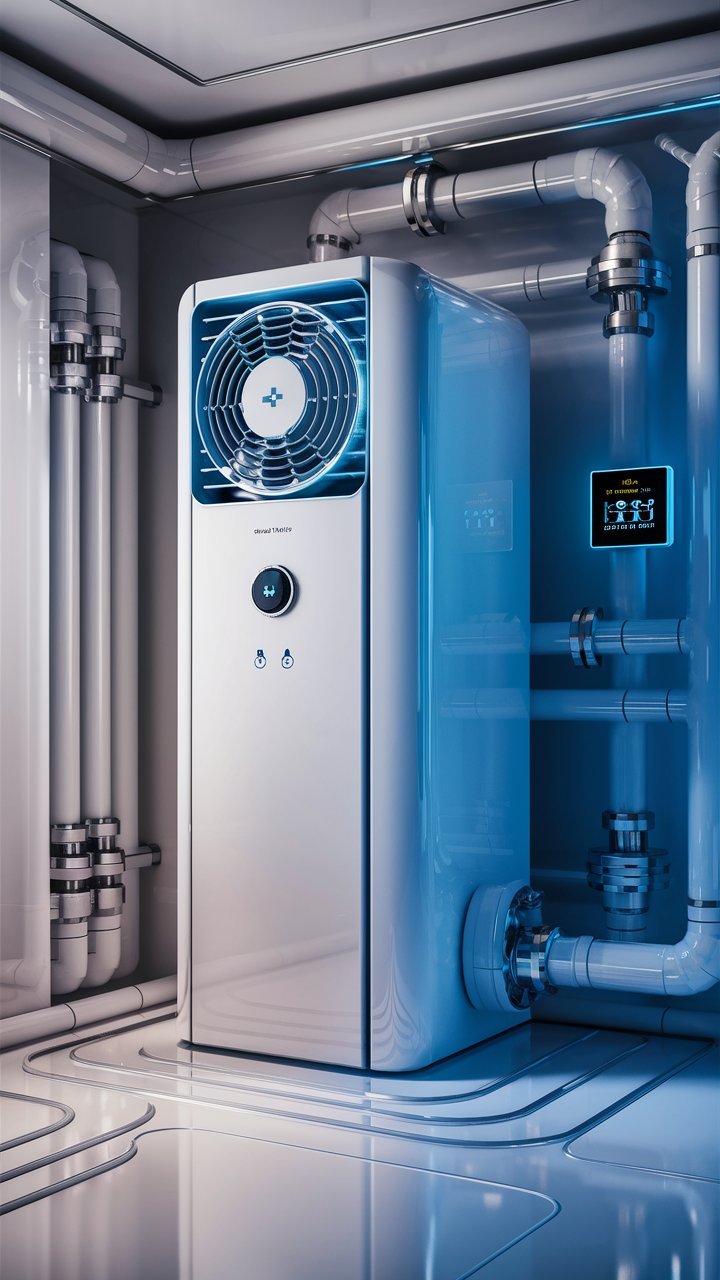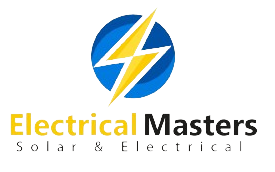Call us: 📞 +𝟲𝟭 𝟰𝟯𝟮 𝟴𝟵𝟵 𝟭𝟮𝟯
Revive Your Residence Without Struggle.
"Ready for a Heat pump Upgrade? Schedule Your Free Quote Call Now!"
or call +61432899123
Benefits Of Switching Home Appliances From Gas To Electricity.
Environmental Friendliness
Electricity is generally considered a cleaner energy source compared to gas. By transitioning to electric appliances, households can reduce their carbon footprint and contribute to mitigating air and water pollution.
Energy Efficiency
Electric appliances often have higher energy efficiency ratings than their gas counterparts. This means they can perform the same tasks while consuming less energy, leading to lower utility bills and savings in the long run.
Safety
Electric appliances eliminate the risks associated with gas leaks, such as fire hazards and carbon monoxide poisoning. This can provide peace of mind for homeowners, especially those with young children or elderly family members.
Convenience
Electric appliances are typically easier to install and maintain compared to gas appliances. They do not require gas lines or ventilation systems, making them more versatile in terms of placement within the home.
Improved Indoor Air Quality
Gas appliances can release harmful pollutants such as nitrogen dioxide and carbon monoxide into the indoor air. By switching to electric appliances, households can improve indoor air quality and create a healthier living environment for occupants.
Availability of Renewable Energy
With the increasing availability of renewable energy sources such as solar and wind power, electricity is becoming an even more sustainable option for powering household appliances. By utilizing clean energy sources, households can further reduce their environmental impact.
Free Heat Pump Hot Water in Victoria 2024
Upgrade your current old electric and gas systems to a solar heat pump system and enjoy an energy-efficient heat pump hot water system for just $0.00 off the affordable product price.
Take advantage of Victorian Government incentives such as Victorian Energy Upgrade (VEU), Solar Victoria, and Renewable Energy Target (STC) rebates. Just pay a significantly discounted installation co-payment and enjoy endless hot water and savings on your utility bills.
How does a Heat Pump Function?
Heat Pump Water Heaters use electricity to transfer heat instead of generating it directly, making them much more energy efficient than traditional electric water heaters. They operate by pulling warm air from the surrounding environment, passing it over refrigerant-filled coils, and then compressing the warmed refrigerant to increase its temperature. This heated refrigerant is then circulated through coils wrapped around a water tank, transferring its heat to the water. Finally, the cooled refrigerant returns to the evaporator coils to repeat the process.

ELECTRICAL MASTERS
The top reasons to upgrade your hot water tank to a heat pump system are: efficiency, cost savings, and environmental benefits.

Enhanced Efficiency
Upgrading to a Heat Pump System ensures improved energy efficiency compared to traditional hot water tanks.

Cost savings
The switch can lead to substantial savings on energy bills due to the lower operational costs of heat pump technology

environment benefits
Heat Pump Systems are eco-friendly, reducing carbon emissions and reliance on fossil fuels, thus contributing to a greener environment.

How Does a Heat Pump Work?
A Heat Pump operates similarly to an air conditioner or refrigerator but in reverse. Instead of removing heat from the air, it extracts heat from the surrounding air and transfers it to the water in your Hot Water System. Here’s a basic rundown of How It Works:
The Heat Pump contains a refrigerant fluid that evaporates at low temperatures. The process starts with the refrigerant absorbing heat from the ambient air through an evaporator coil. Even in colder air, there is still heat energy present.
The Compressor in the Heat Pump then increases the pressure of the refrigerant, which also increases its temperature. This high-pressure, high-temperature gas is then pumped into a condenser.
In the condenser, the hot refrigerant releases its heat into the water in the storage tank via a heat exchanger. As the refrigerant cools down, it condenses back into a liquid.
The liquid refrigerant then passes through an expansion valve, which reduces its pressure and temperature as it enters the evaporator coil again, restarting the cycle.
The process continues cyclically as long as there’s a demand for hot water, maintaining a consistent supply of heated water.
This process is energy-efficient because it doesn’t rely solely on electrical resistance heating to heat water; instead, it utilizes the heat energy available in the surrounding air. Heat pumps can be particularly effective in moderate climates where there’s still enough heat in the air to extract even during colder seasons. They’re also environmentally friendly compared to traditional heating methods, as they produce fewer greenhouse gas emissions.
